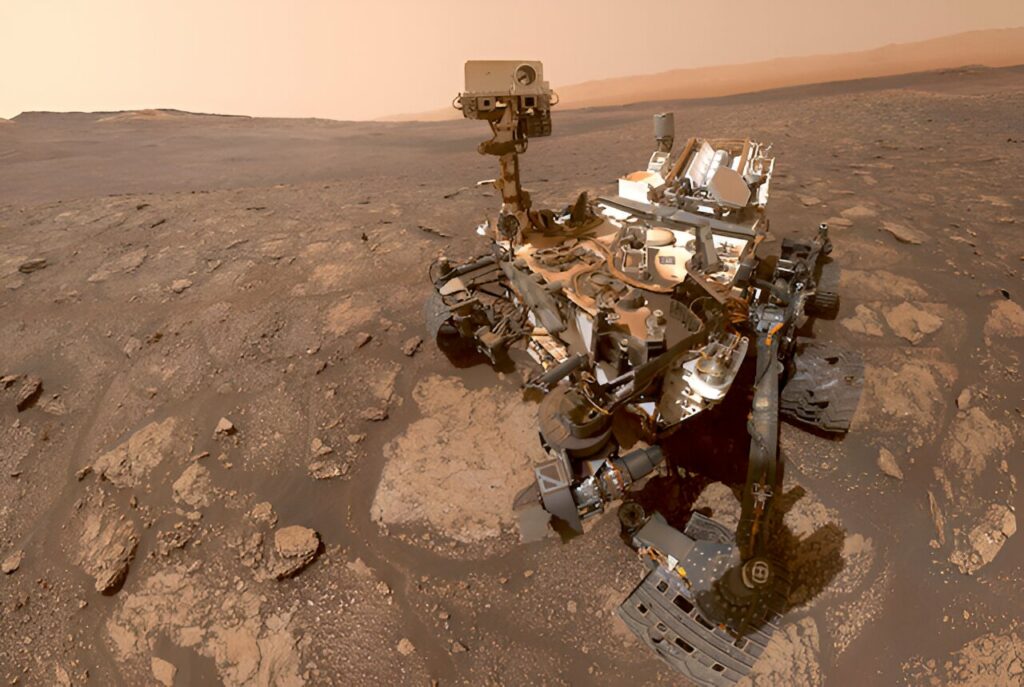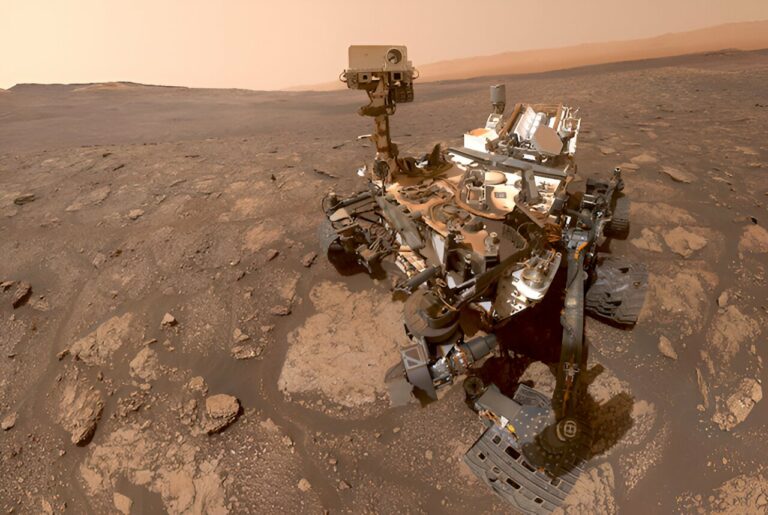Fluctuations in Methane Emissions on Mars Potentially Influenced by Changes in Atmospheric Pressure
The research conducted by John Ortiz and his team at Los Alamos National Laboratory has shed light on the importance of understanding the variations in methane levels on Mars. NASA’s Curiosity team has identified this as a crucial step in determining the origin of methane on the planet. However, there are significant challenges associated with this goal, one of which is determining the optimal time for the Curiosity rover to conduct atmospheric sampling experiments during a Martian day.
The findings of this research were published on January 22 in the Journal of Geophysical Research: Planets. NASA’s Mars missions, including Curiosity and Perseverance, have a primary focus on detecting and comprehending signs of past or present life, such as methane. However, the underground source of methane on Mars has made it difficult to study short-term variations in atmospheric methane levels.

To gain a better understanding of Mars’s methane levels, Ortiz and his team utilized high-performance computing clusters to simulate the movement of methane through networks of underground fractures and its subsequent release into the atmosphere. They also modeled how methane is absorbed by the pores of rocks, a process influenced by temperature that may contribute to fluctuations in methane levels.
Their simulations revealed that methane is released from the ground surface into the atmosphere just before sunrise during the planet’s northern summer season, which recently concluded. This aligns with previous data collected by rovers, indicating that methane levels not only vary seasonally but also on a daily basis.
This valuable information is aiding the ongoing sampling campaign of the Curiosity rover, bringing us closer to understanding the presence of methane on Mars and its potential implications for the existence of life.
Ortiz stated that our research indicates multiple crucial time periods for Curiosity to gather data. We believe that these time windows provide the greatest opportunity to narrow down the timing of methane variations, and ultimately, to enhance our comprehension of its origin on Mars.
This article is republished from PhysORG under a Creative Commons license. Read the original article.
Do not forget to share your opinion with us to provide you with the best posts !




0 Comments